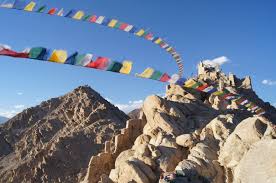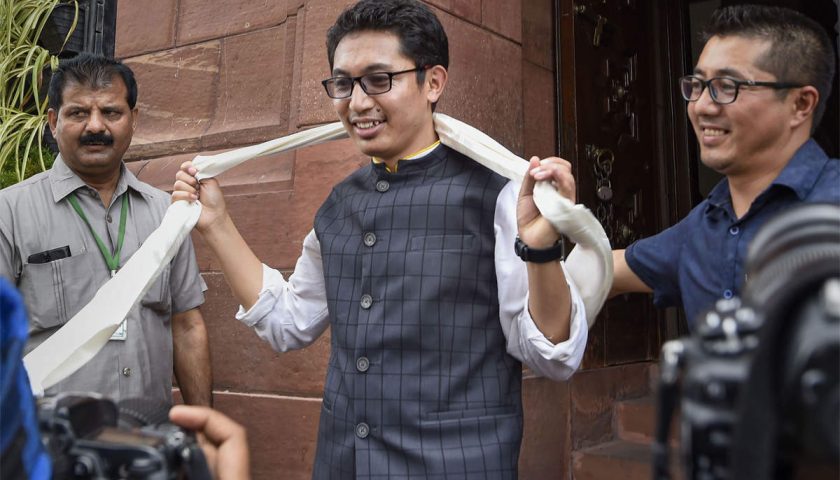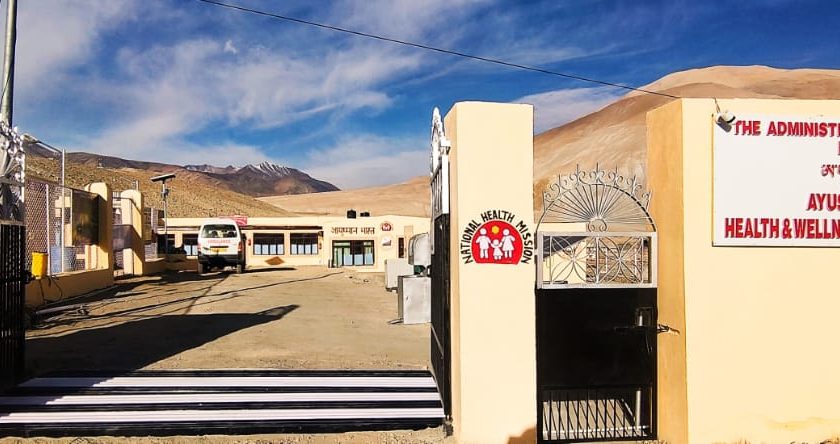2015 THE YEAR THAT WAS: LADAKH
From nature’s fury to political excitement, Ladakh — the cold desert of the country — witnessed bad and good times in the year gone by.
The BJP wresting control over the powerful decision-making body, Ladakh Autonomous Hill Development Council (LAHDC), Leh, for the first time in its history, hogged the limelight in the state and at the national level.
The year also changed the political landscape of the region as the Congress, which was a major political force in Ladakh before 2015, lost its control in both LAHDC, Kargil, and LAHDC, Leh. The principal opposition party National Conference, however, expanded its base in Leh and Kargil districts.
Ladakh got the attention of the Central government as more than one-fourth of the Rs 80,000-crore economic package, announced by Prime Minister Narendra Modi during his visit to Srinagar on November 7, was earmarked for major roads and other development projects in the region.
The package is aimed at providing all-weather road connectivity to Ladakh which generally remains cut off from the rest of world for almost six months due to the closure of two vital highways, 434-km-long Srinagar-Kargil-Leh and 474-km-long Manali-Leh, due to the accumulation of snow in the winter.
To begin with, Ladakh entered 2015 with the looming danger of an artificial lake, created on the Phuktal river in the Zanskar subdivision of Kargil district due to a massive landslide on December 31 last year.
The National Disaster Management Authority (NDMA) was appointed as the nodal agency by the Central government on January 24 to formulate and implement a strategy to clear the Phuktal blockage.
Despite the NDMA’s efforts, the artificial lake suddenly burst on May 7, causing flash floods and resulting in damage to bridges, government and public property. The NDMA’s work came under sharp criticism.
In the first week of August, Leh district suffered colossal damage to government and private infrastructure due to the floods following incessant rain — an unusual phenomenon in the arid region — and its impact was quite high than the 2010 flash floods that left close to 200 dead and rendered thousands homeless in Leh.
On the political front, the Congress suffered a setback after it lost the post of the Chief Executive Councillor (CEC) in the LAHDC, Kargil, to the National Conference in April following the resignation of Congress CEC Haji Asgar Ali Karbalaie, who was heading the Council since September 2013.
Karbalaie was elected as the Member of the Legislative Assembly from Kargil.
At the fag end of the year, Ladakh witnessed the major political turnaround when the BJP registered a remarkable victory in the Leh Council elections, taking control over the powerful body. For the first time in its history, the BJP, riding high on the ‘Modi wave’, strengthened its support base in Ladakh and took control over the Council. It won 18 of the total 26 seats in the Council while the NC added two seats to its tally. The Congress was decimated in the polls.
Bringing a proud moment for Ladakh, two Ladakhis — Jigmet Takpa, Chief Conservator of Forests, Leh, and Stanzin Dorjai Gia, Director of the Himalaya Film House, who belongs to remote Gya village in Leh — were invited for the United Nations Conference on Climate Change at Paris in France from November 30 to December 11.






